
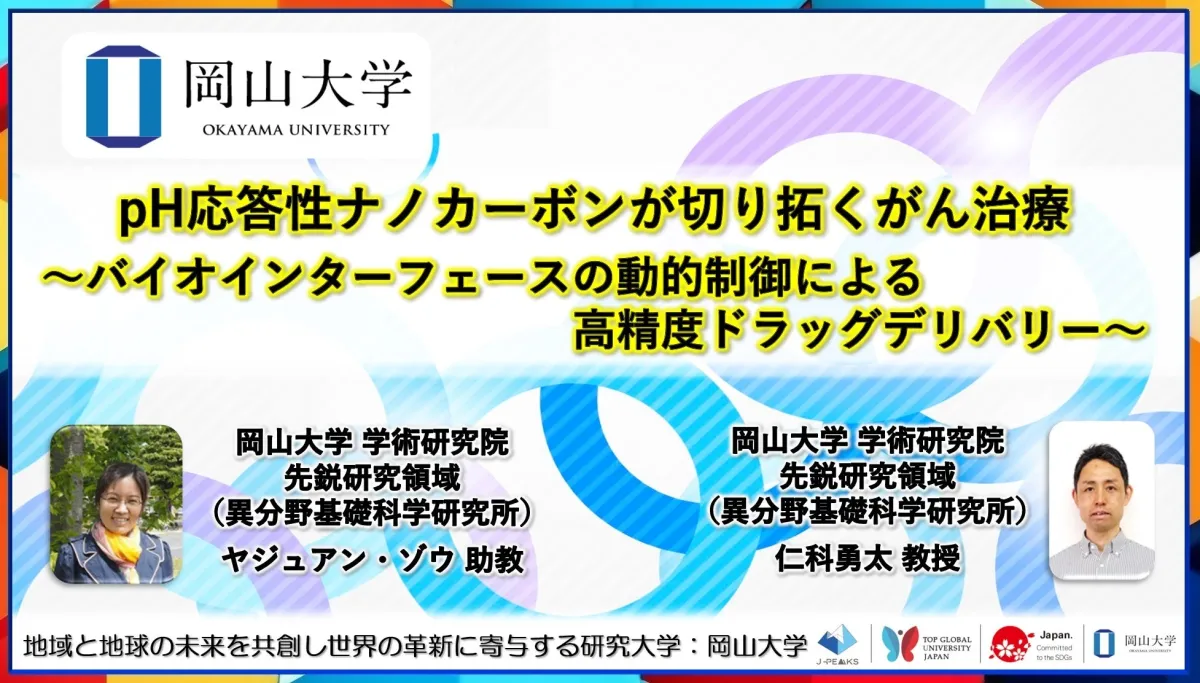
Innovative pH-Responsive Nanocarbon Technology for Enhanced Cancer Therapy
Innovative pH-Responsive Nanocarbon Technology for Enhanced Cancer Therapy
In a groundbreaking study conducted by Okayama University, researchers have unveiled a revolutionary pH-responsive nanocarbon technology designed to significantly enhance drug delivery systems (DDS) for cancer treatment. This innovative approach was developed through a collaboration between Dr. Yajuan Zou and Professor Yuta Nishina at Okayama University and Dr. Alberto Bianco from the National Center for Scientific Research (CNRS) at the University of Strasbourg, France.
Understanding the Challenges of Current Cancer Therapies
Current drug delivery systems often rely on passive targeting mechanisms that are influenced by the enhanced permeability and retention (EPR) effect. However, a significant challenge lies in the fact that these nanomaterials are frequently captured by the immune system before they can accumulate in tumor sites. This limits the effectiveness of treatments and can lead to increased side effects for patients.
To address these challenges, the research team focused on modifying graphene oxide with hydrophilic polymer polyglycerol to create a pH-sensitive, charge-inversion nanomaterial. This unique material can become positively charged in the acidic microenvironment of tumors, promoting the uptake of therapeutic agents by cancer cells, thus enhancing the overall treatment efficacy.
Advances in Nanobiointerface Control
The research represents a pioneering integration of chemistry and biology, allowing for the dynamic control of the nanobiointerface. This novel control mechanism has significantly improved the efficiency of cancer cell internalization. In mouse experiments, the new nanocarbon demonstrated a remarkable accumulation at the tumor site along with successful cellular uptake, while successfully circumventing typical side effects associated with traditional treatments.
Dr. Zou expressed optimism about the future applications of this technology, especially its potential integration into a 'theranostic' approach, combining diagnosis and therapy. She emphasized that being able to control the pH-responsiveness of nanomaterials could lead to devising more advanced strategies for targeting acidic intracellular organelles, potentially transforming cancer treatment methodologies.
Likewise, Professor Nishina reflected on the unique challenges and satisfaction associated with merging chemical insights into biological research. The collaborative discussions with Dr. Zou and Dr. Bianco were instrumental in translating their extensive research findings into a published academic paper, demonstrating the power of interdisciplinary cooperation.
Future Research Directions
This groundbreaking study has been published online in the journal
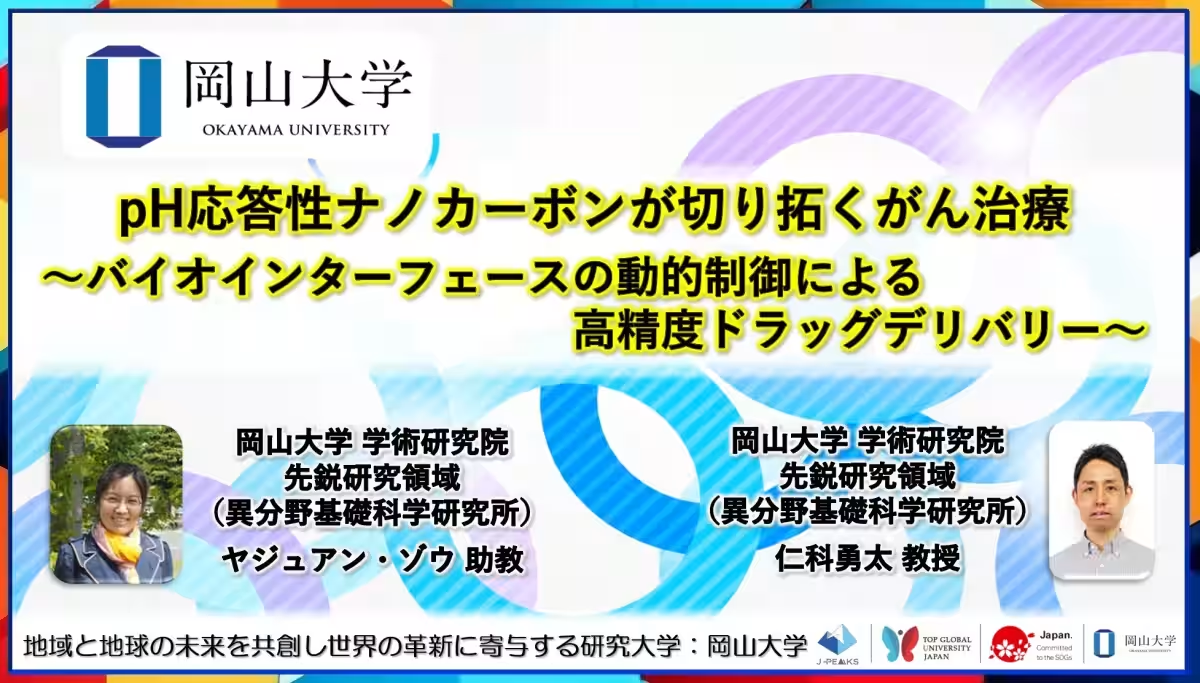
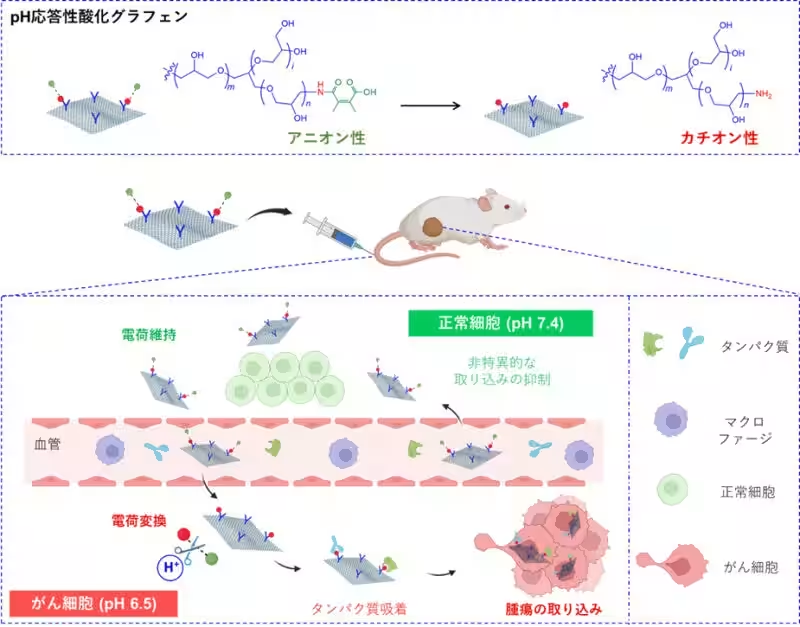


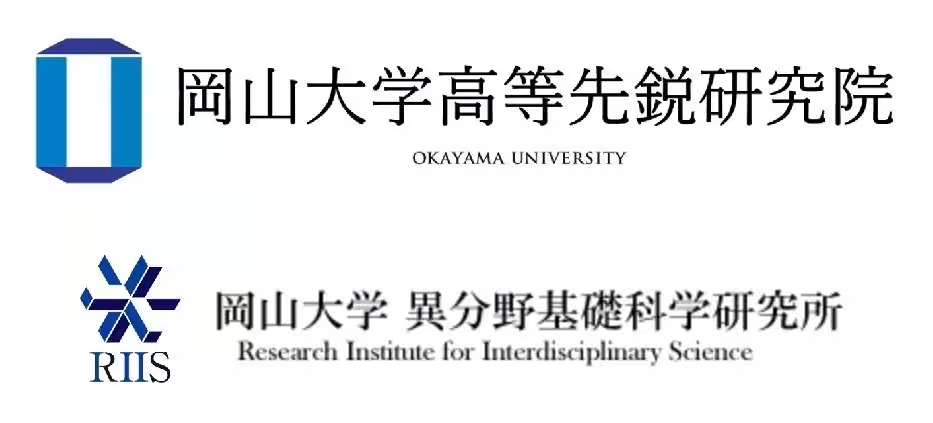

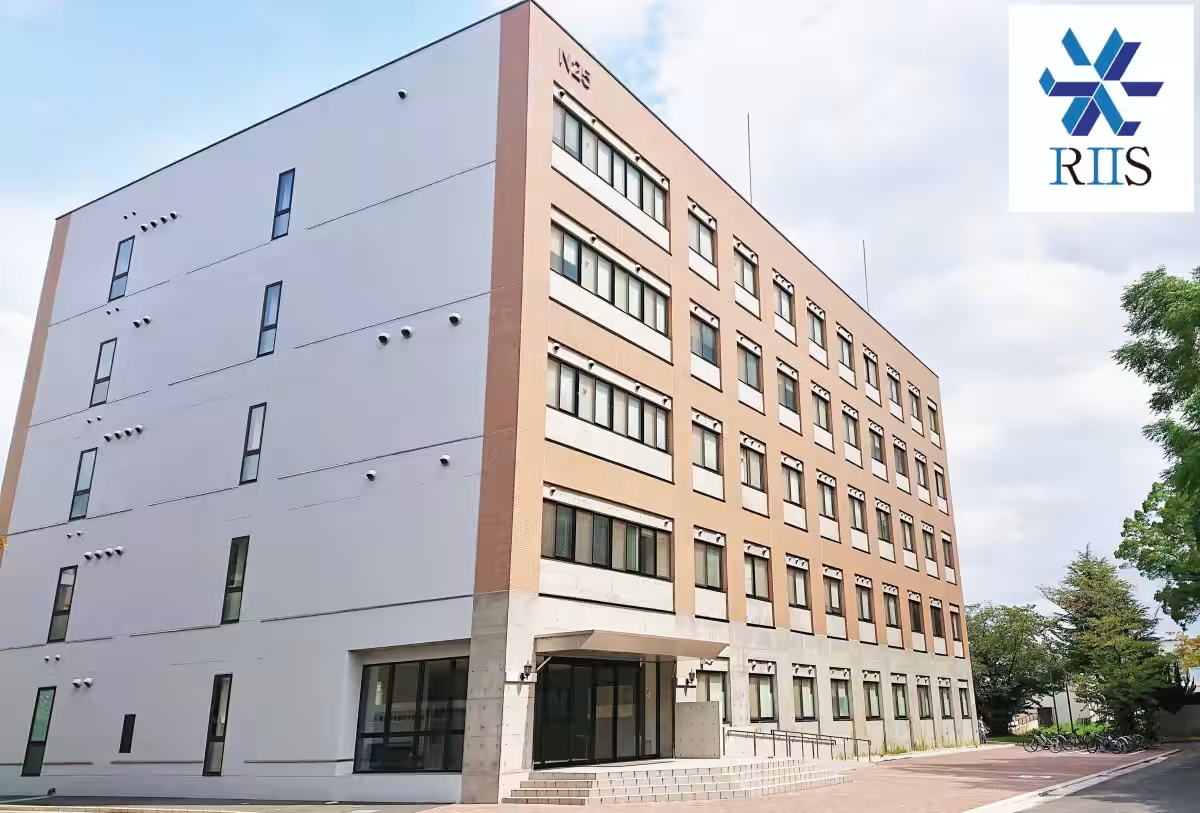
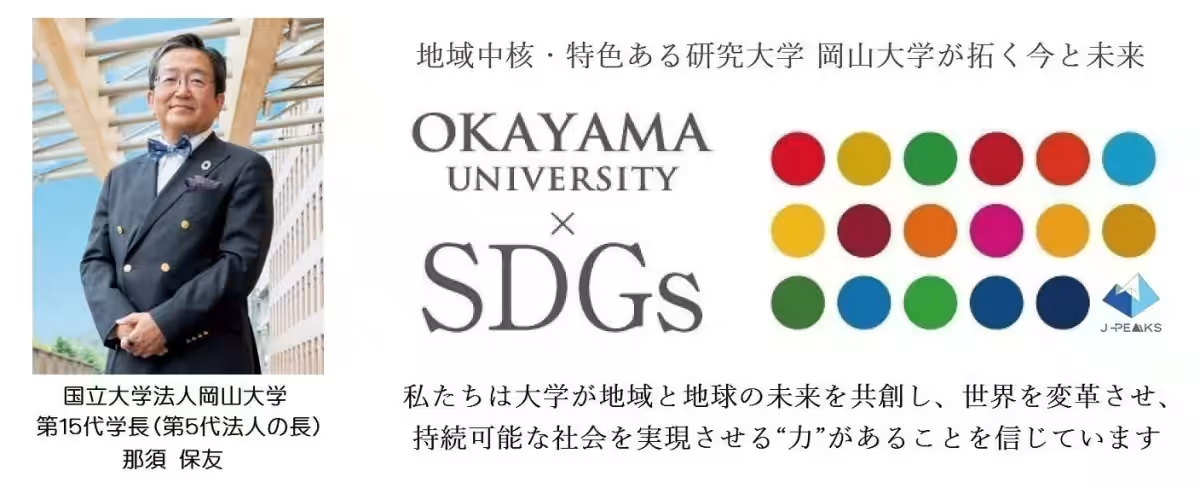
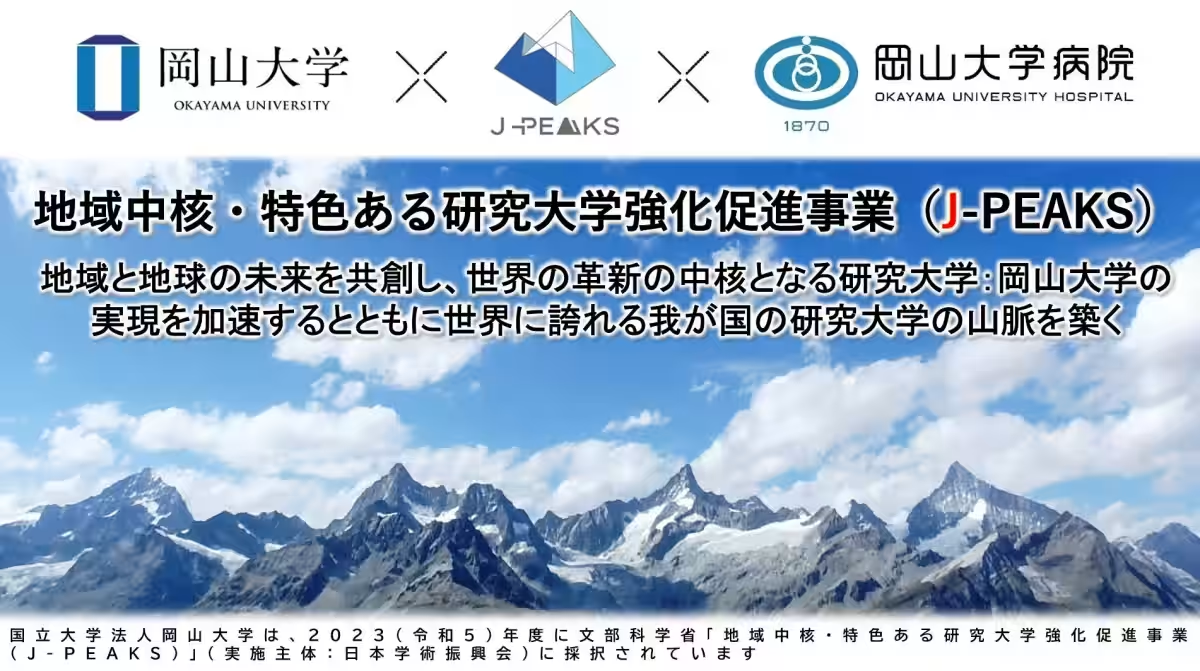
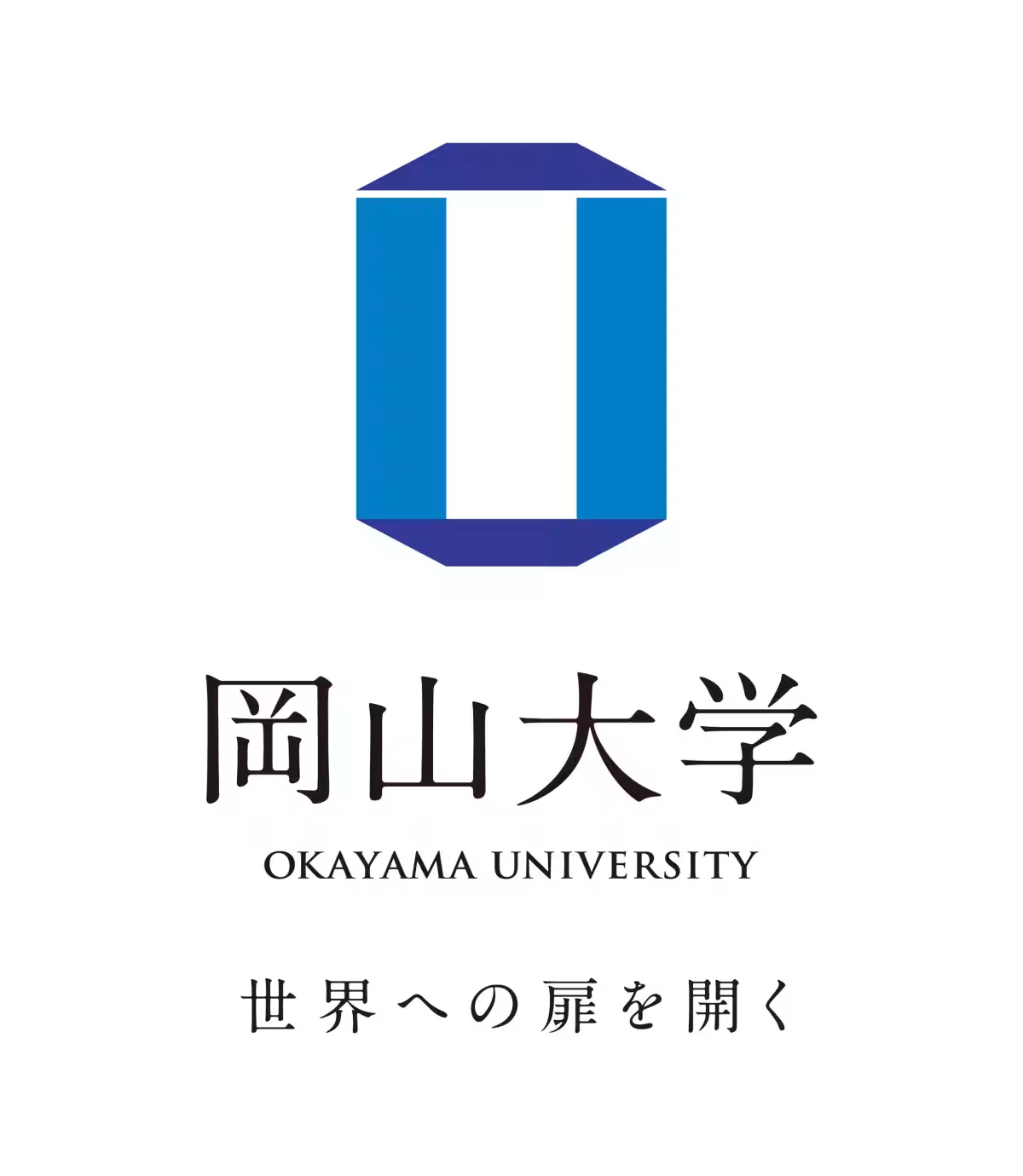
Topics Health)










【About Using Articles】
You can freely use the title and article content by linking to the page where the article is posted.
※ Images cannot be used.
【About Links】
Links are free to use.